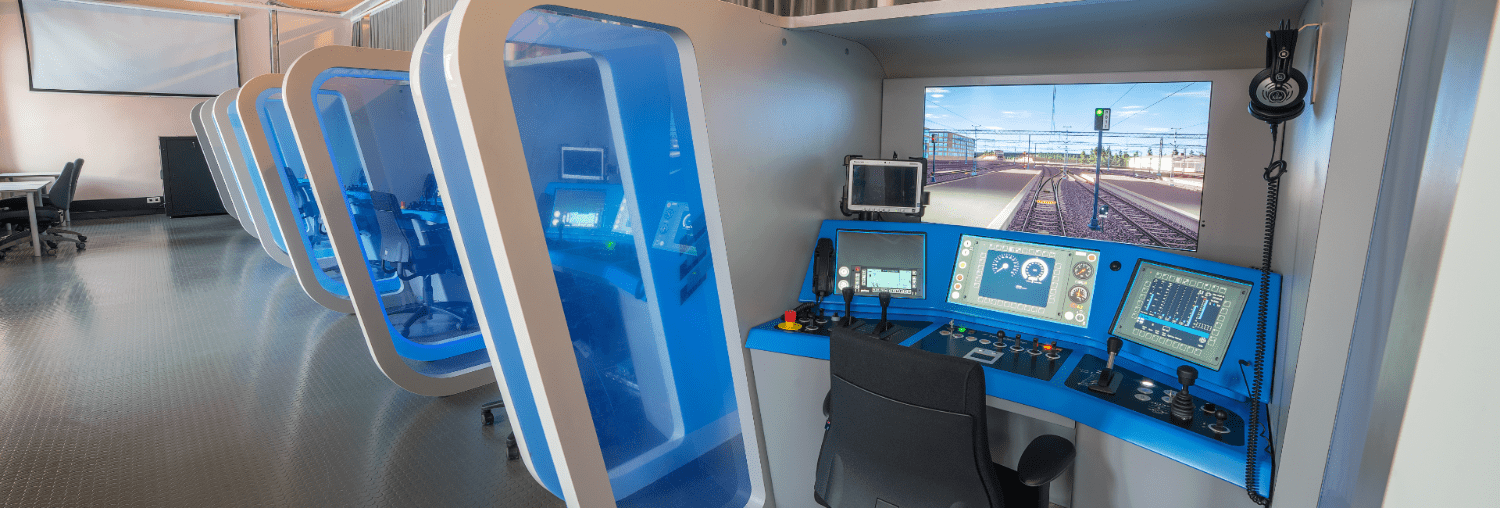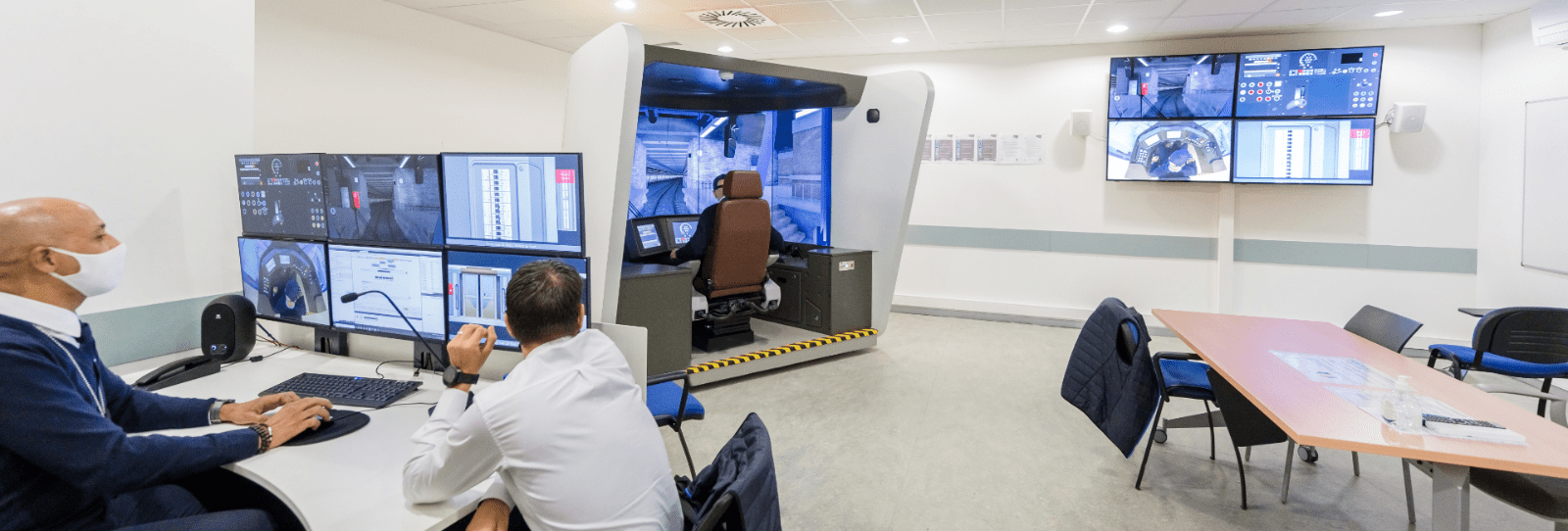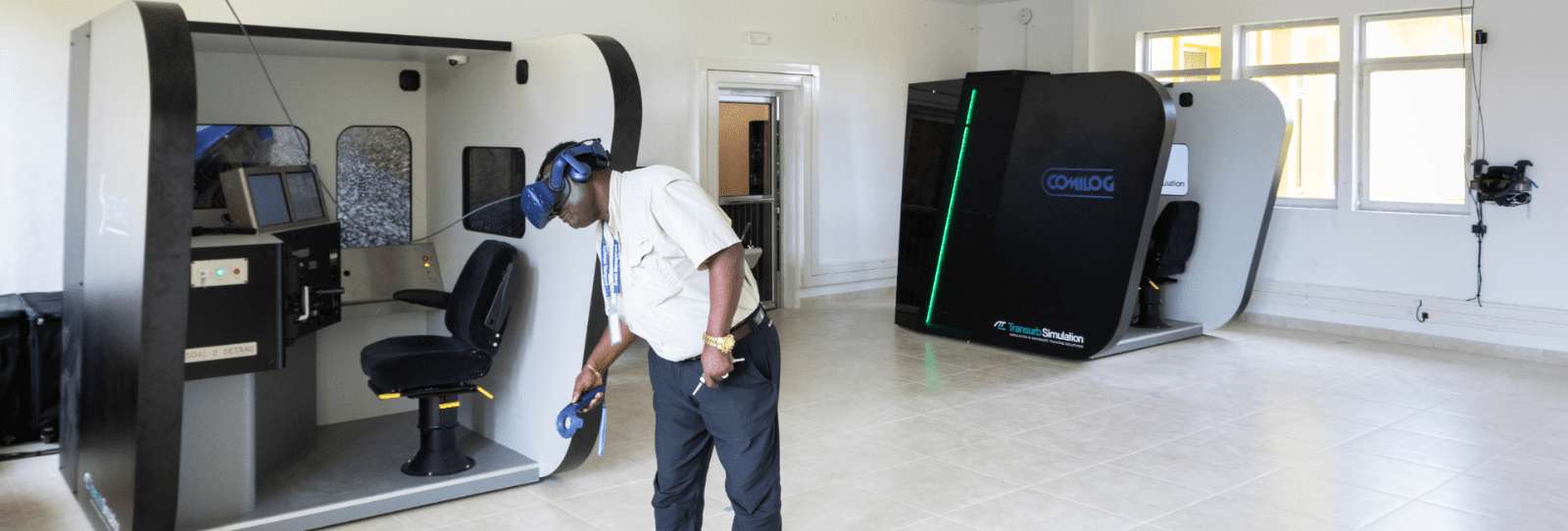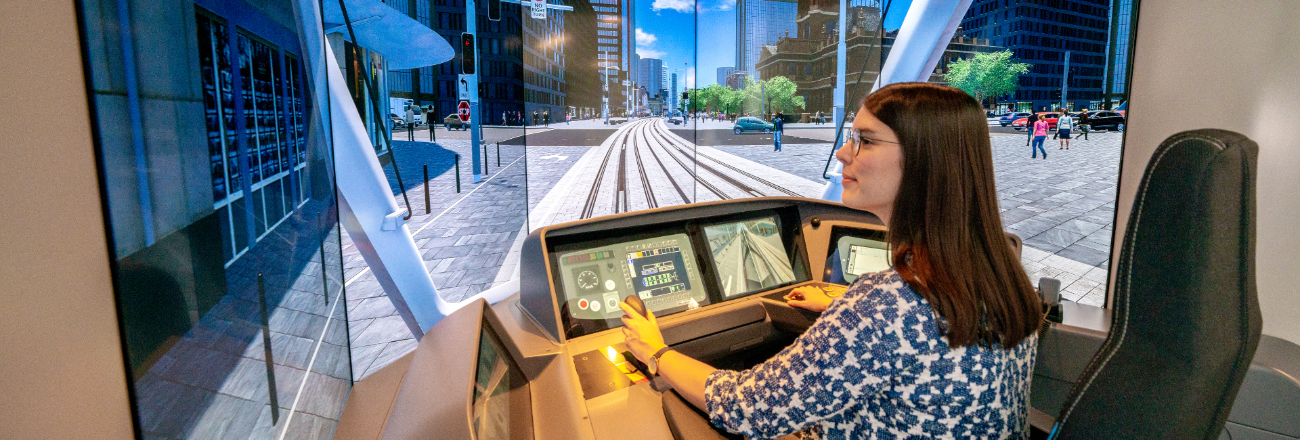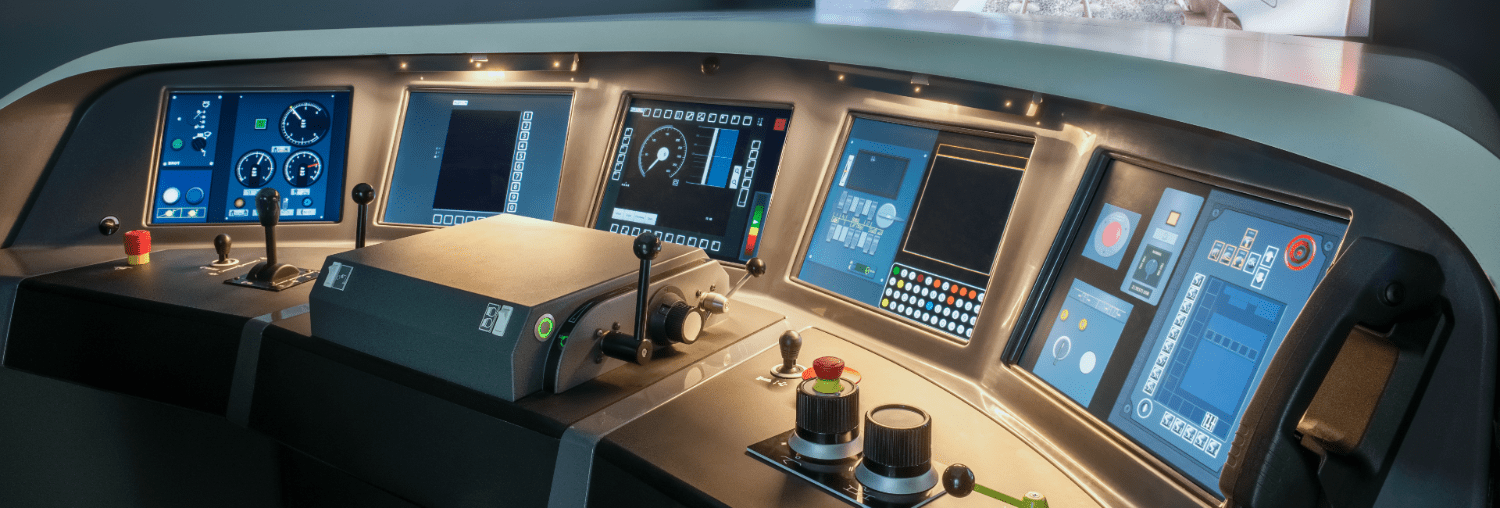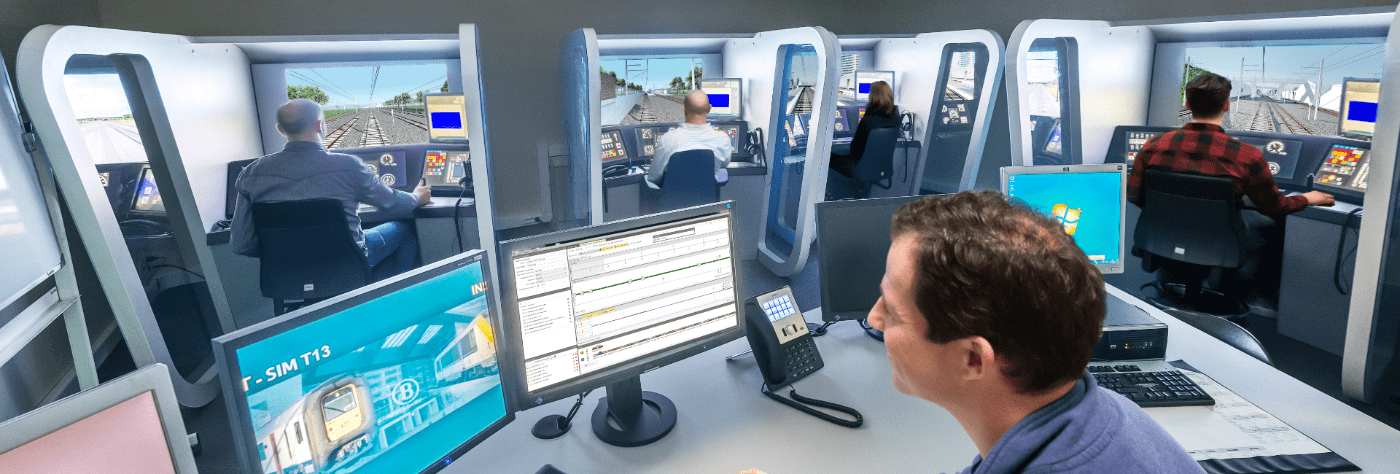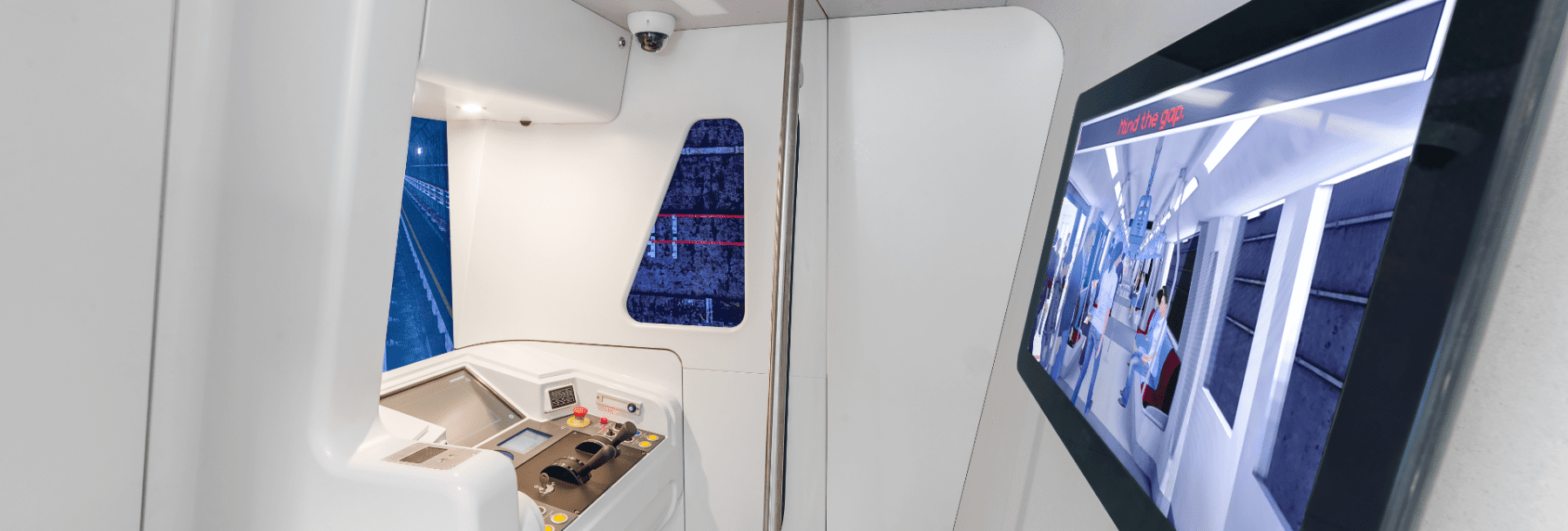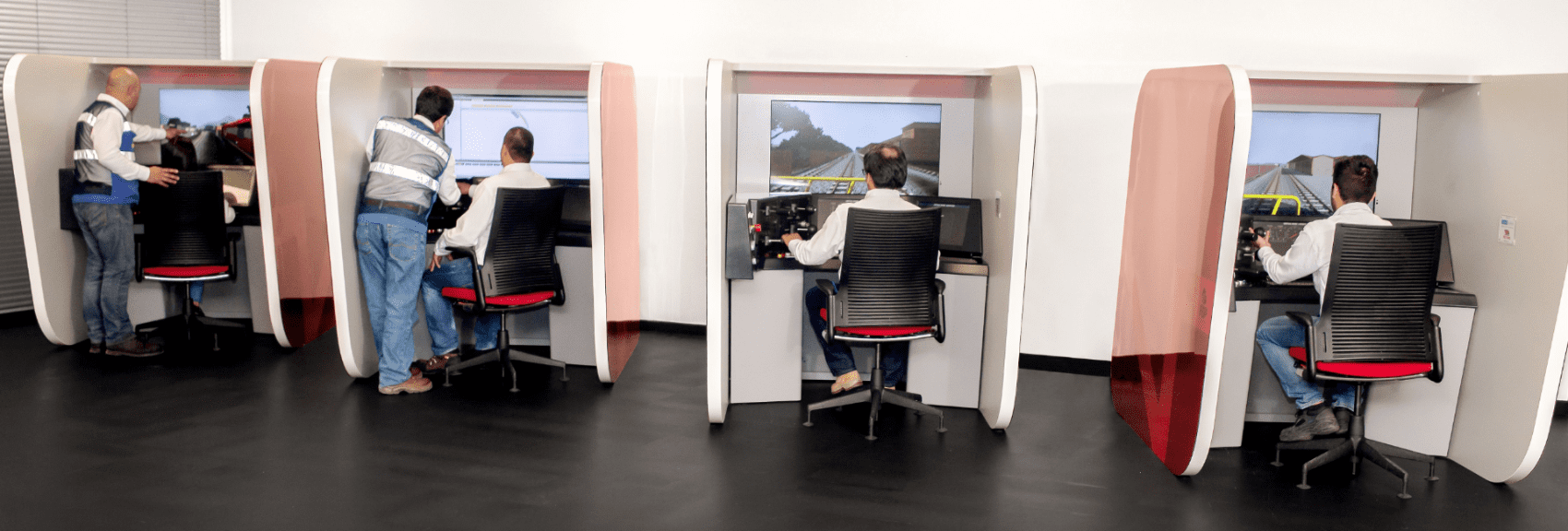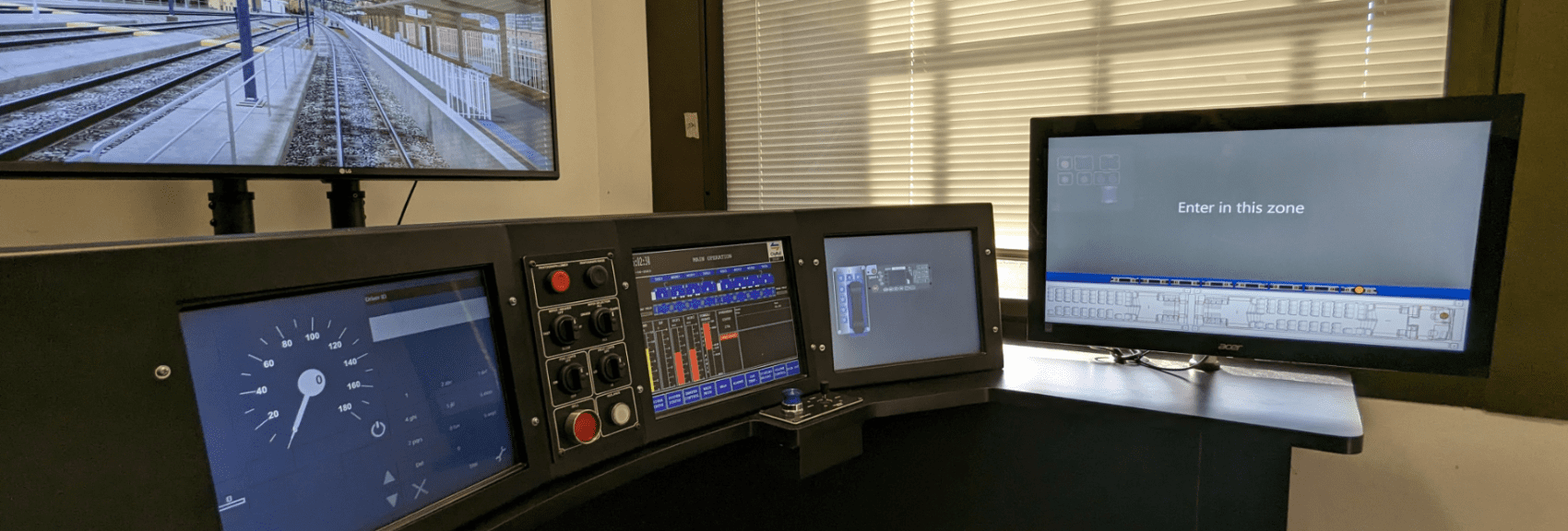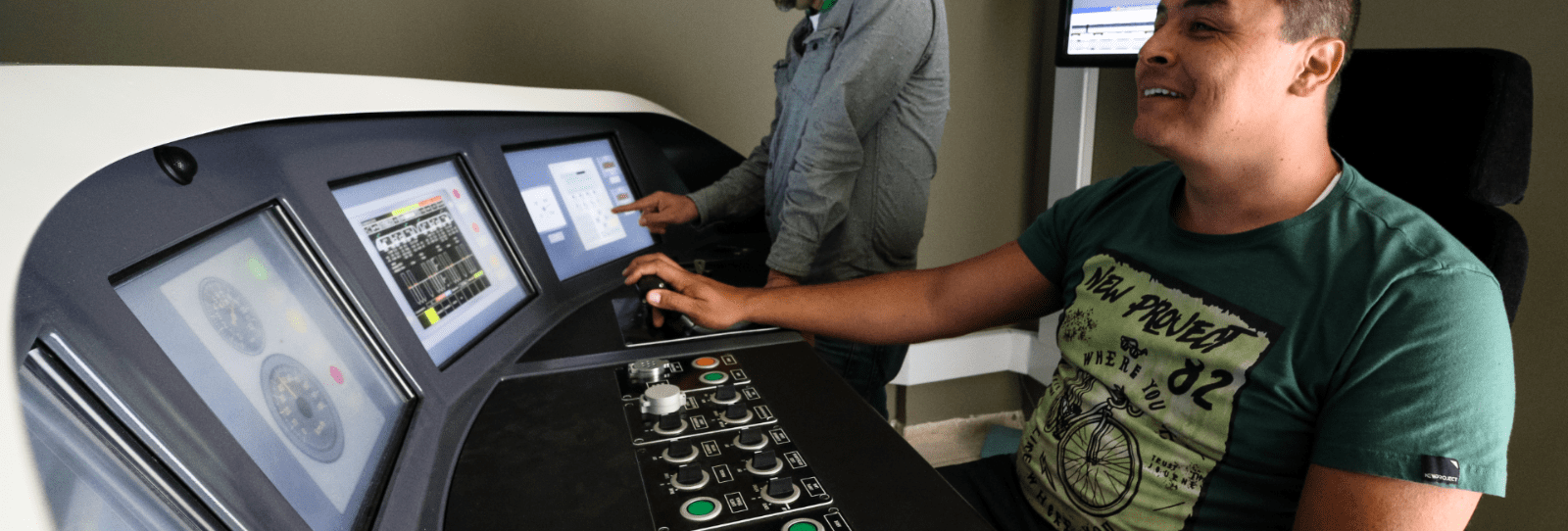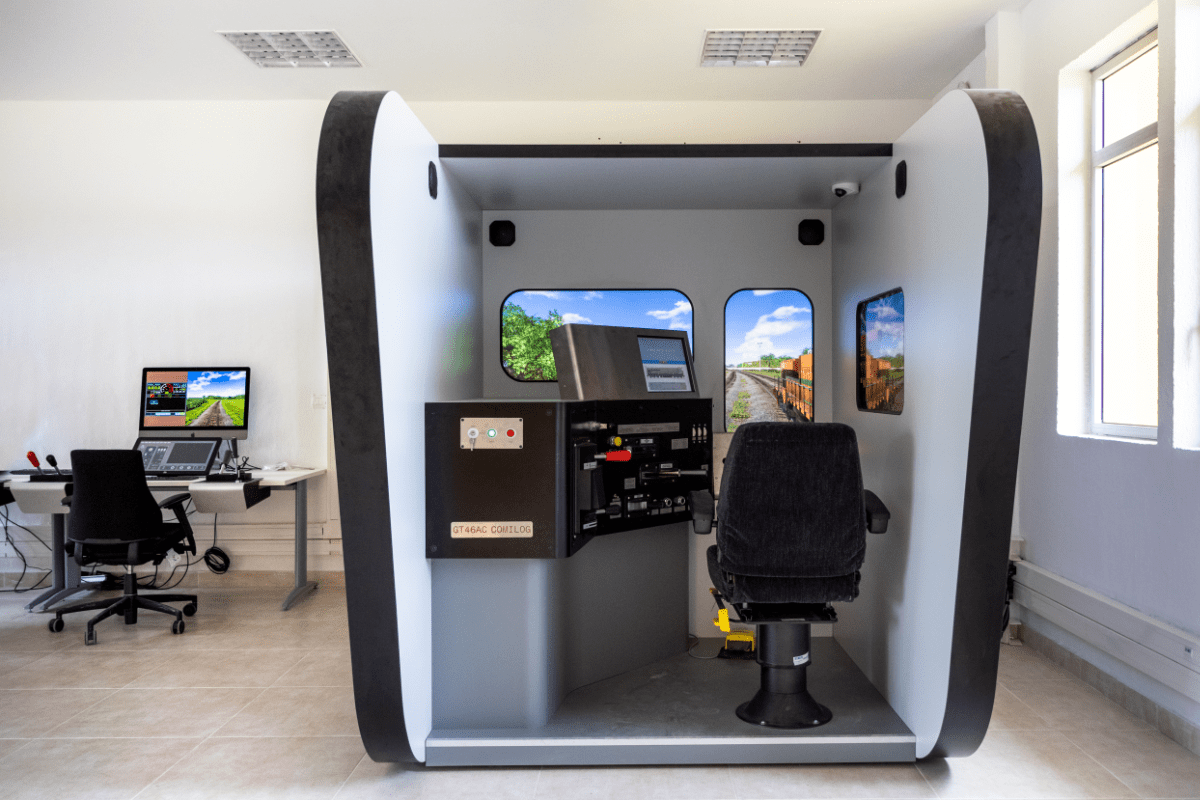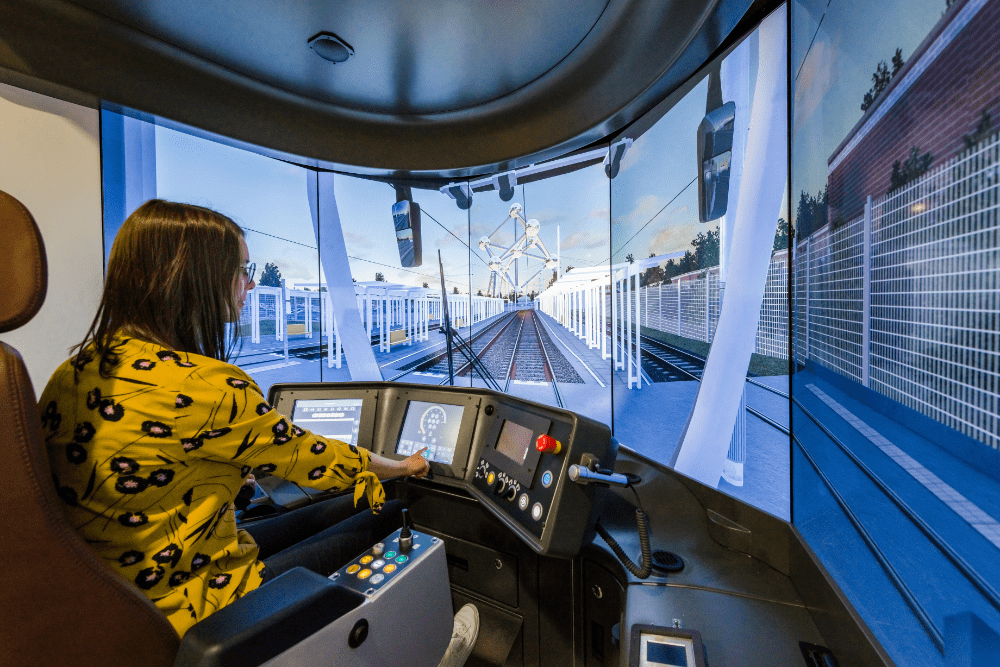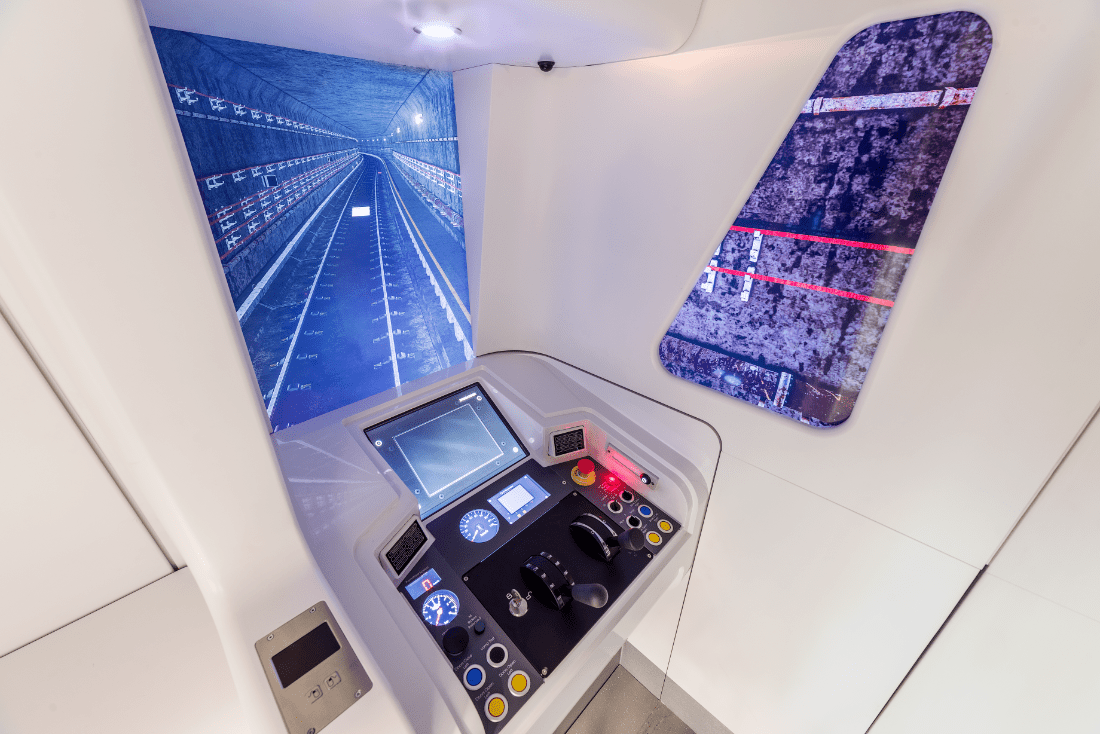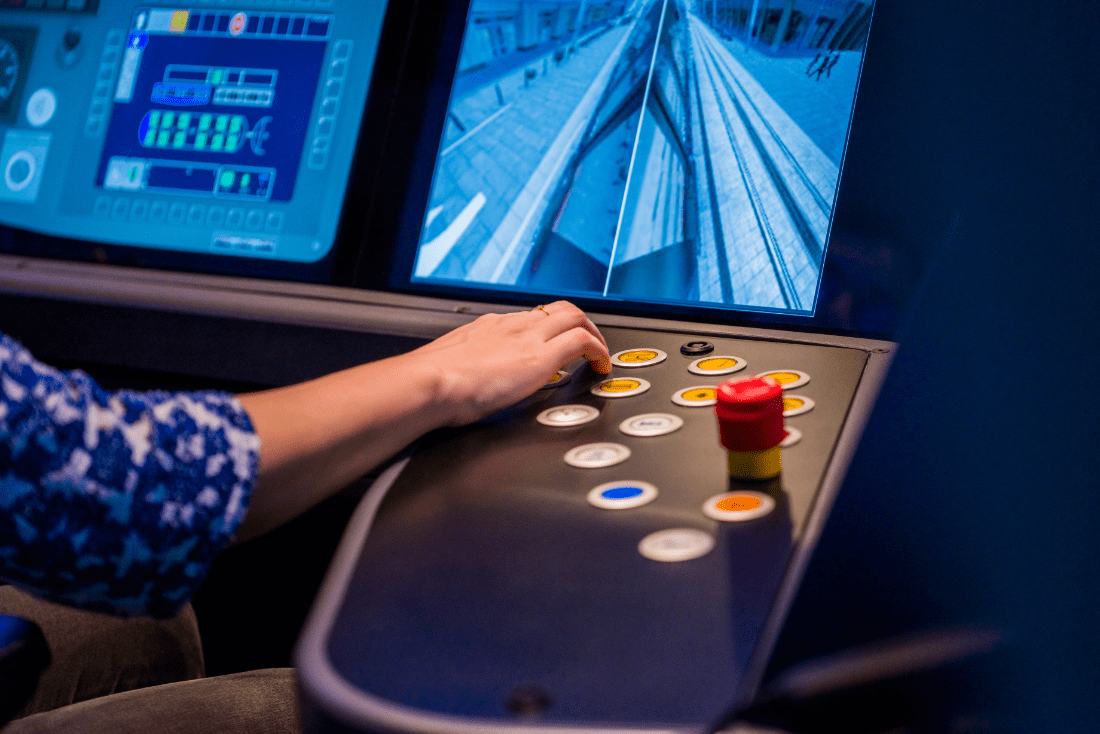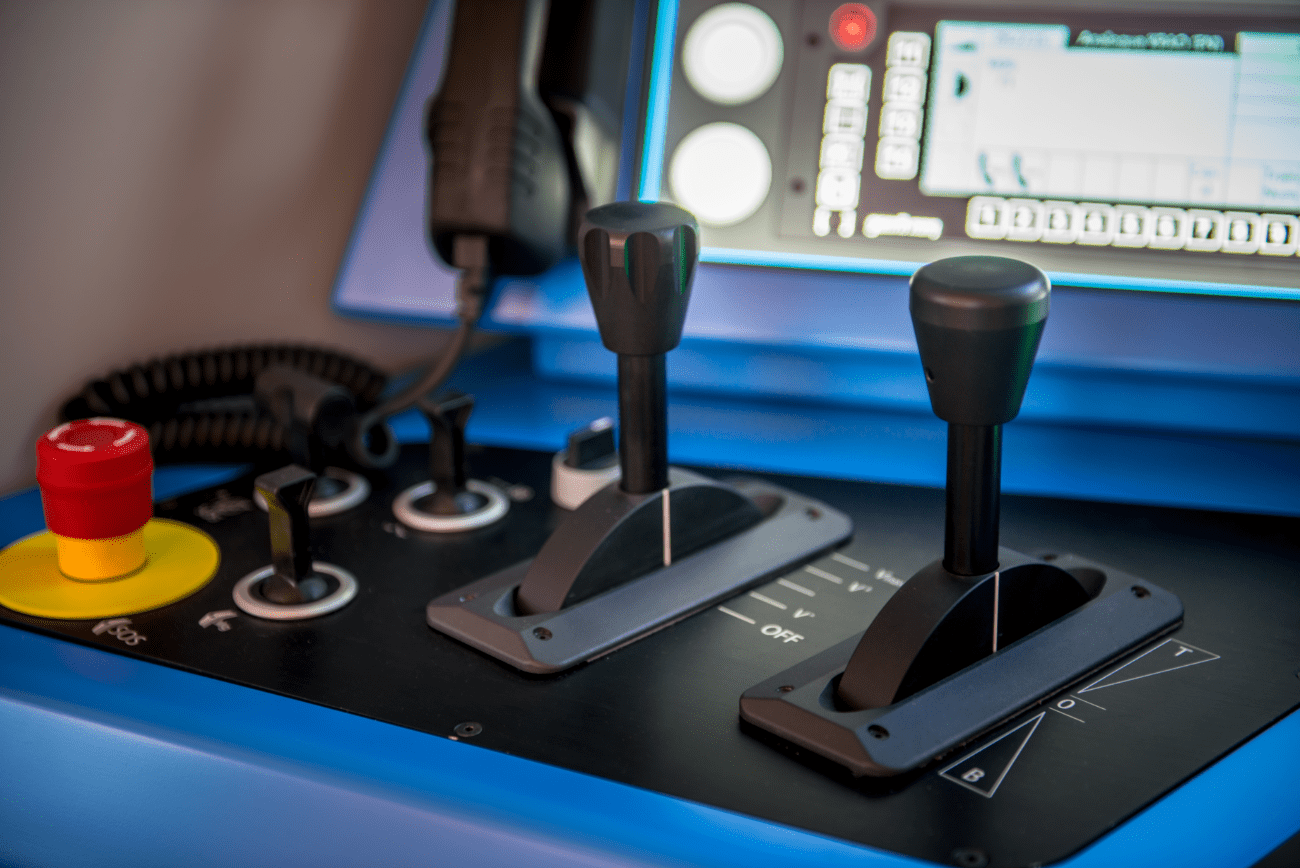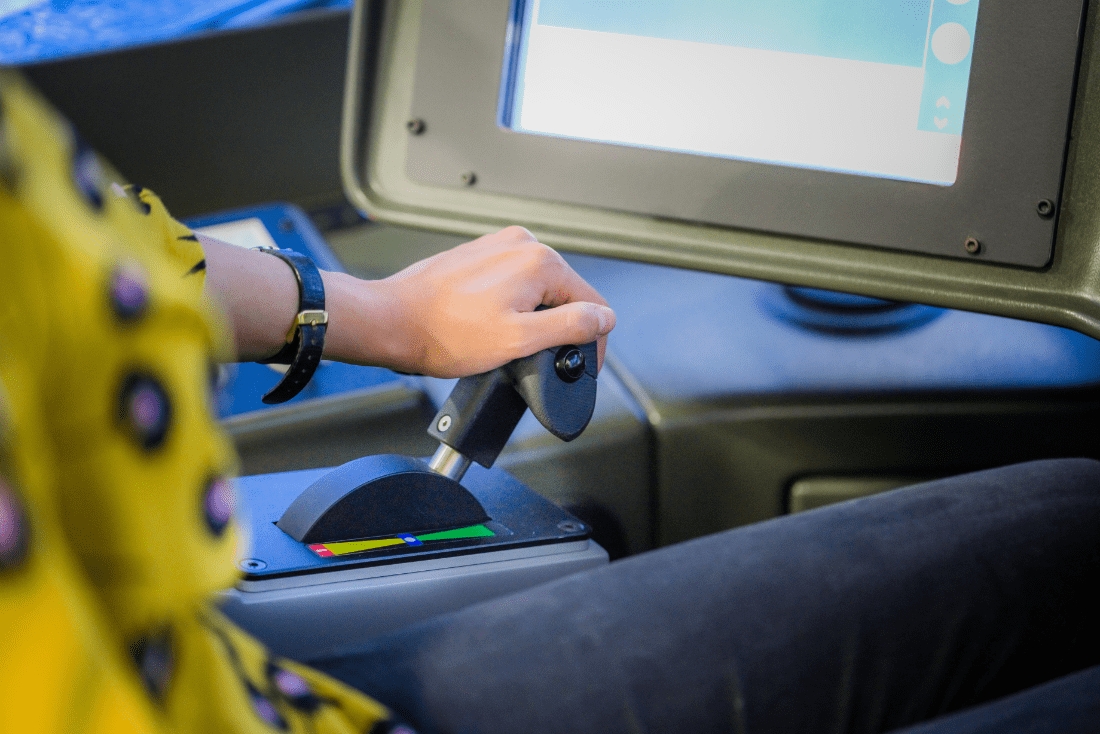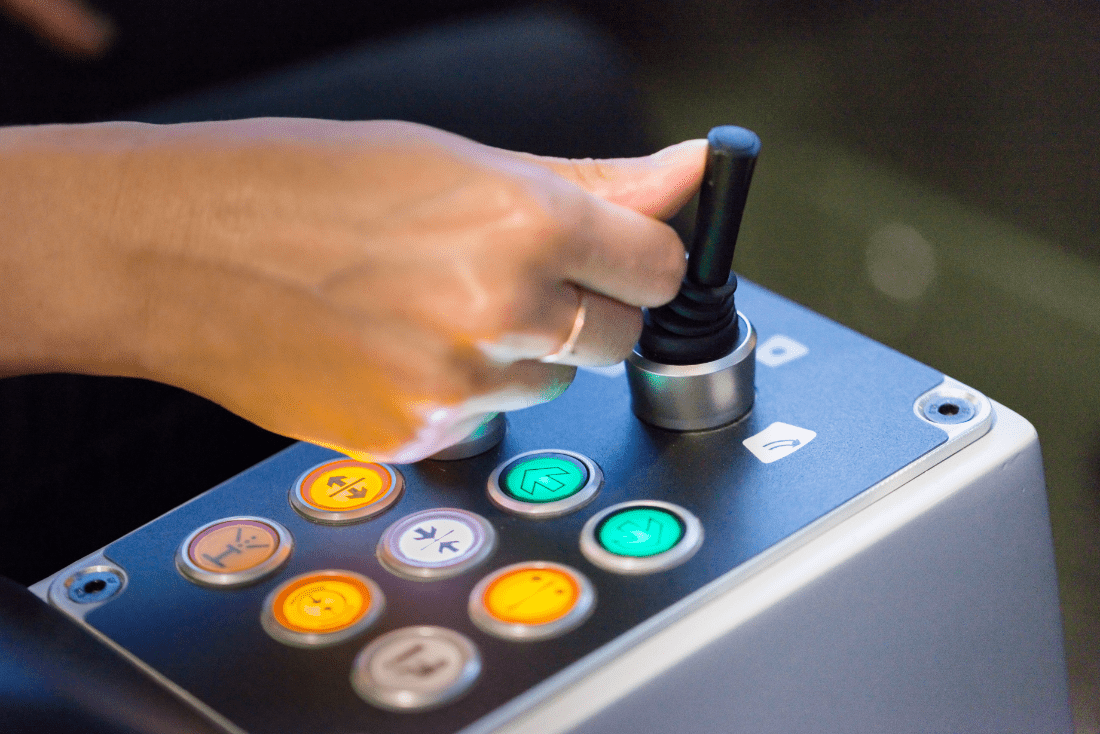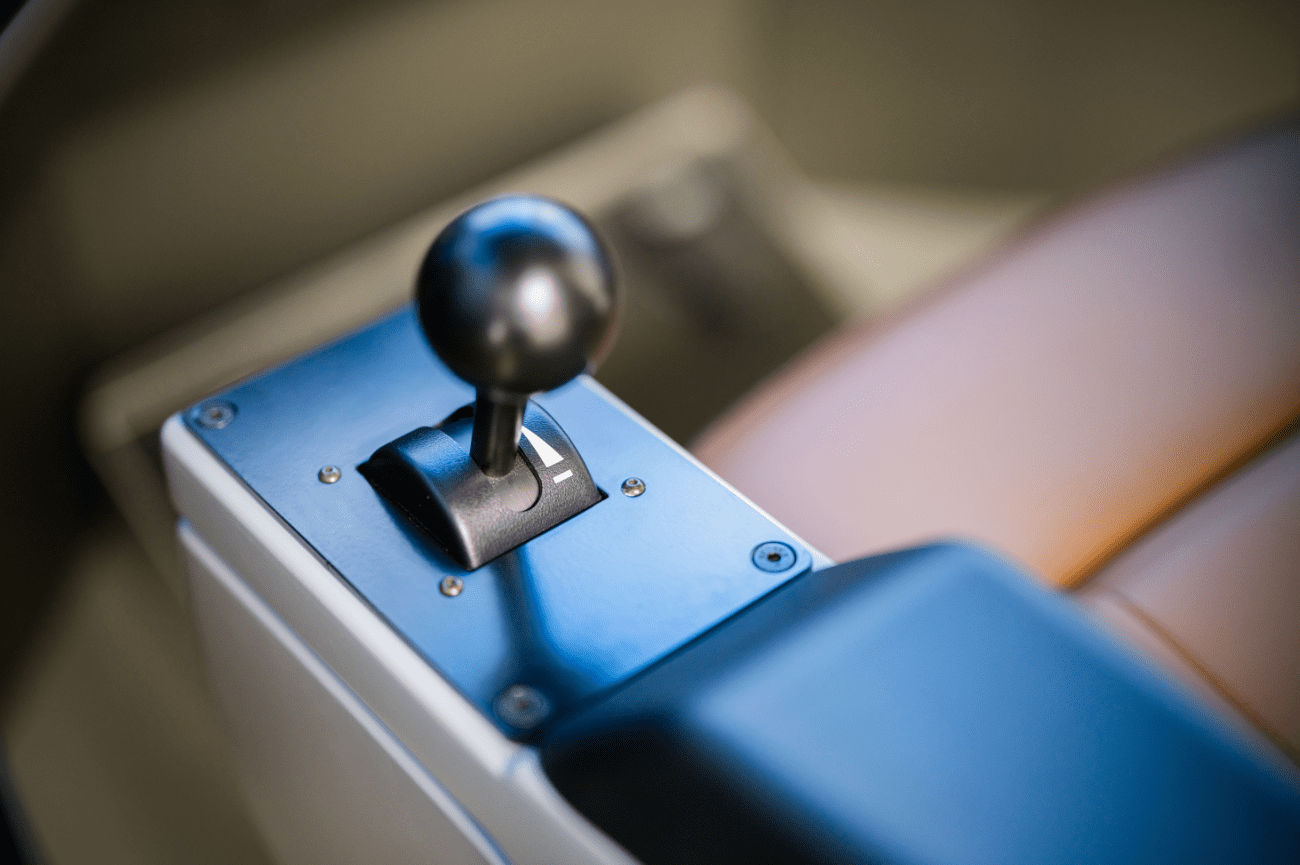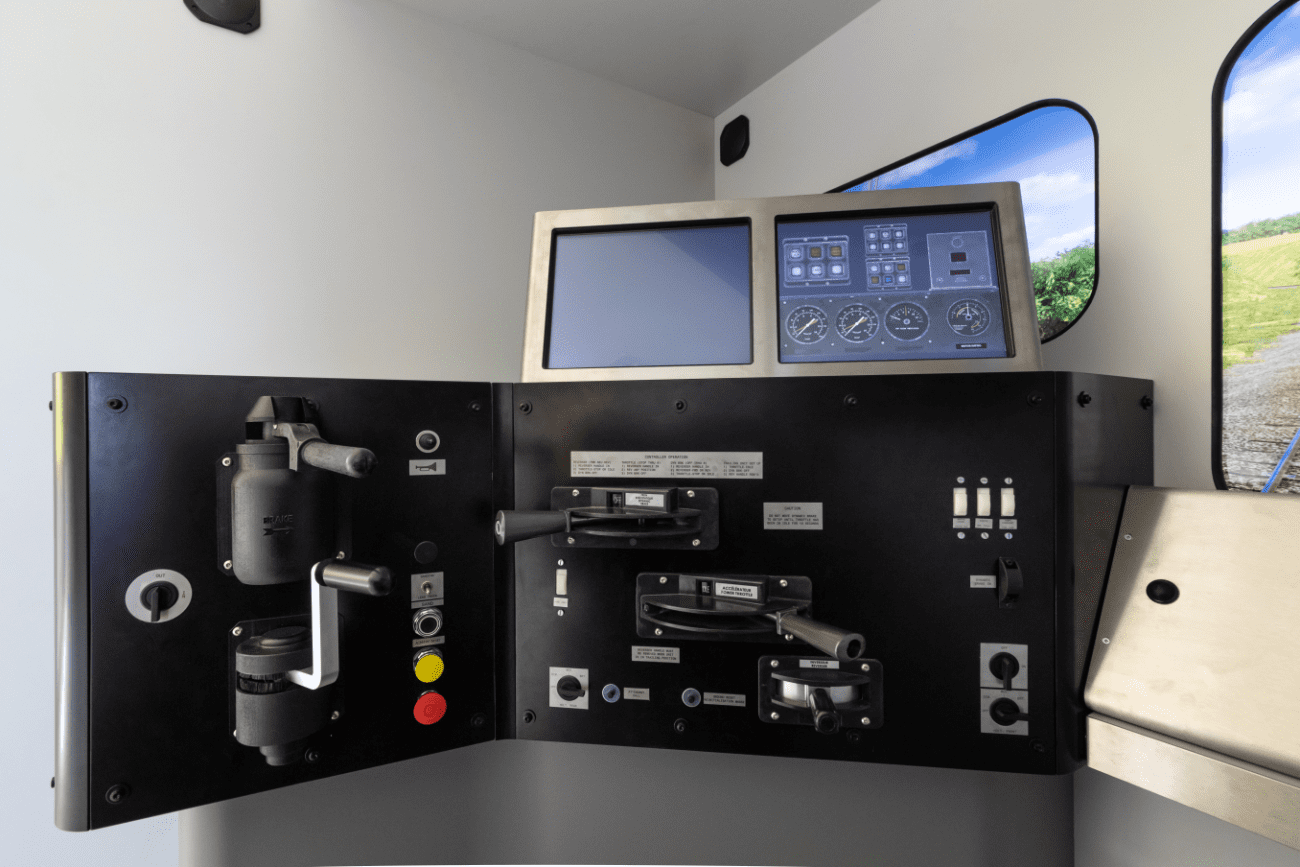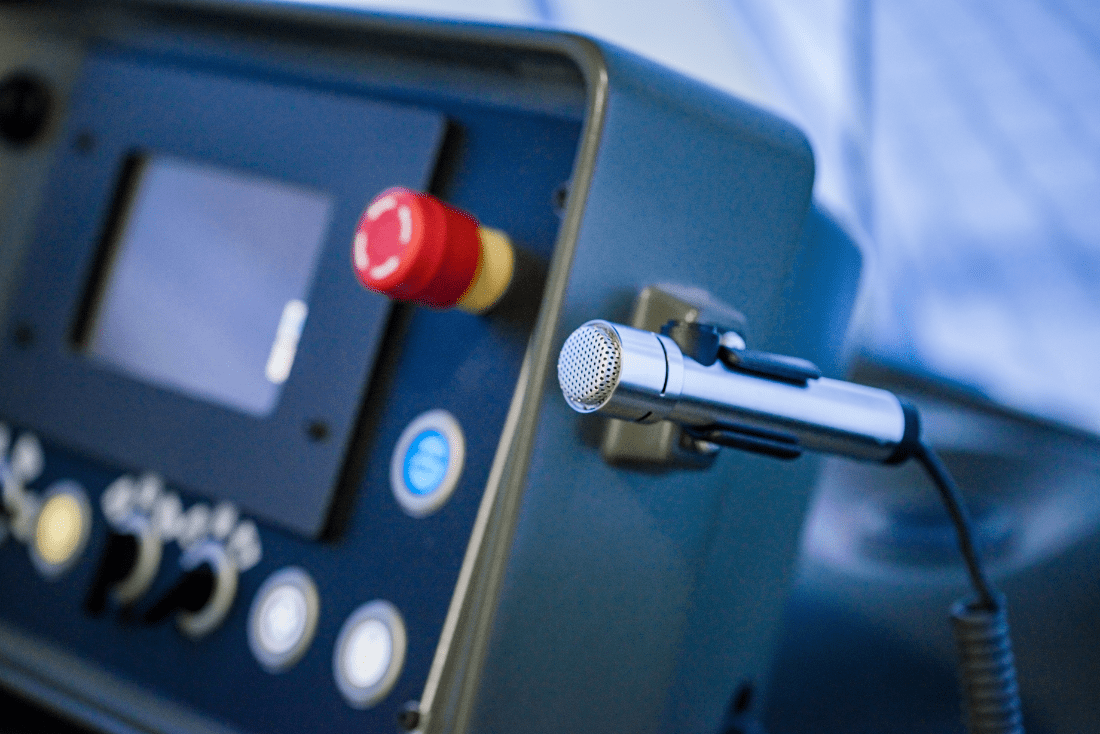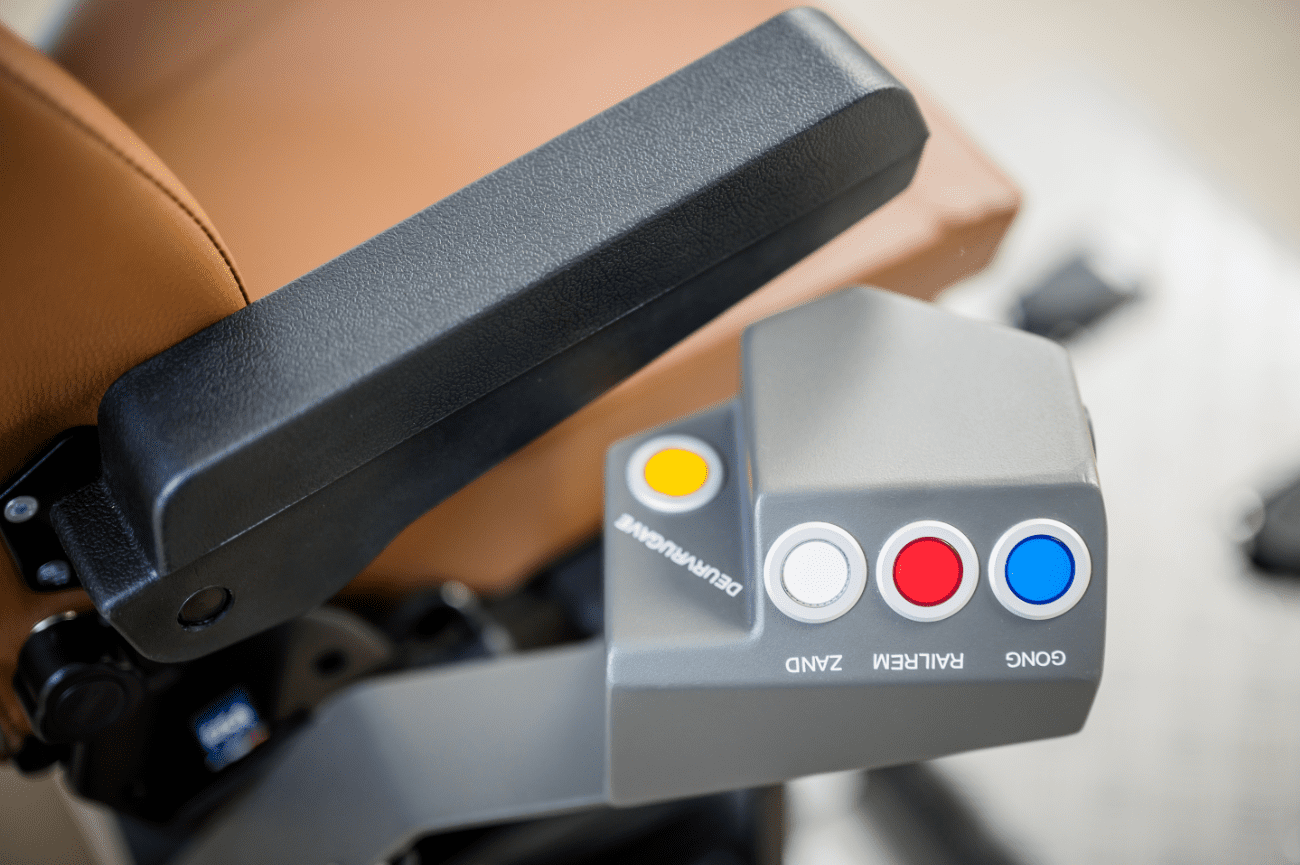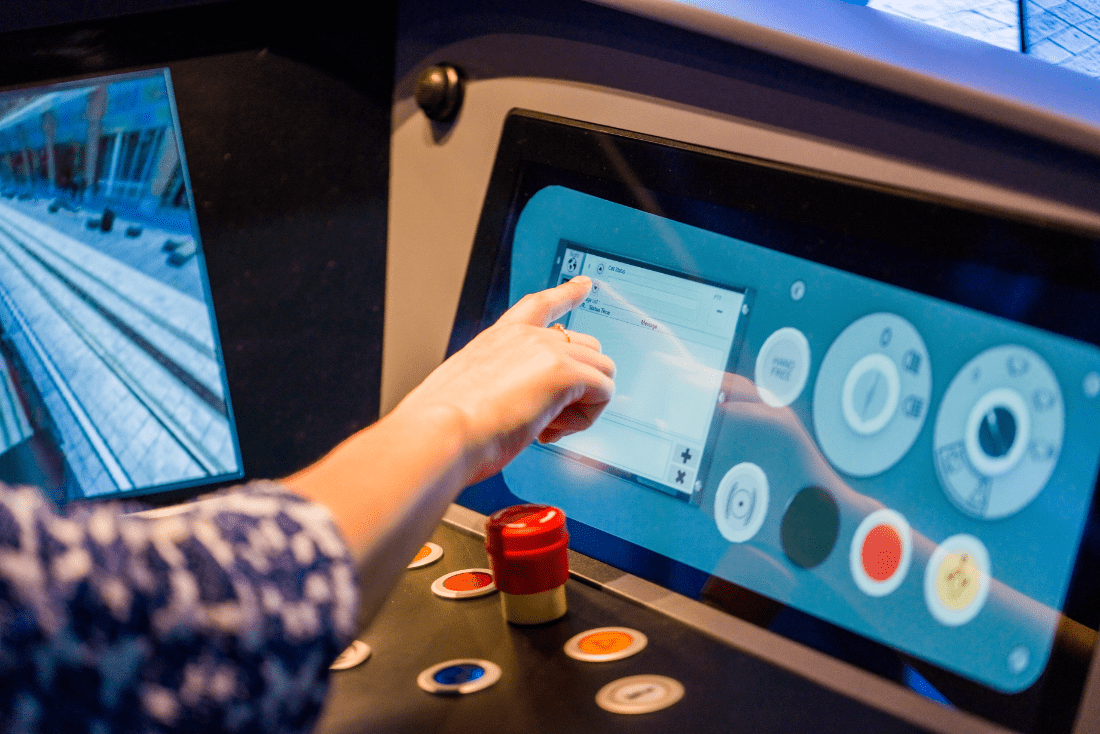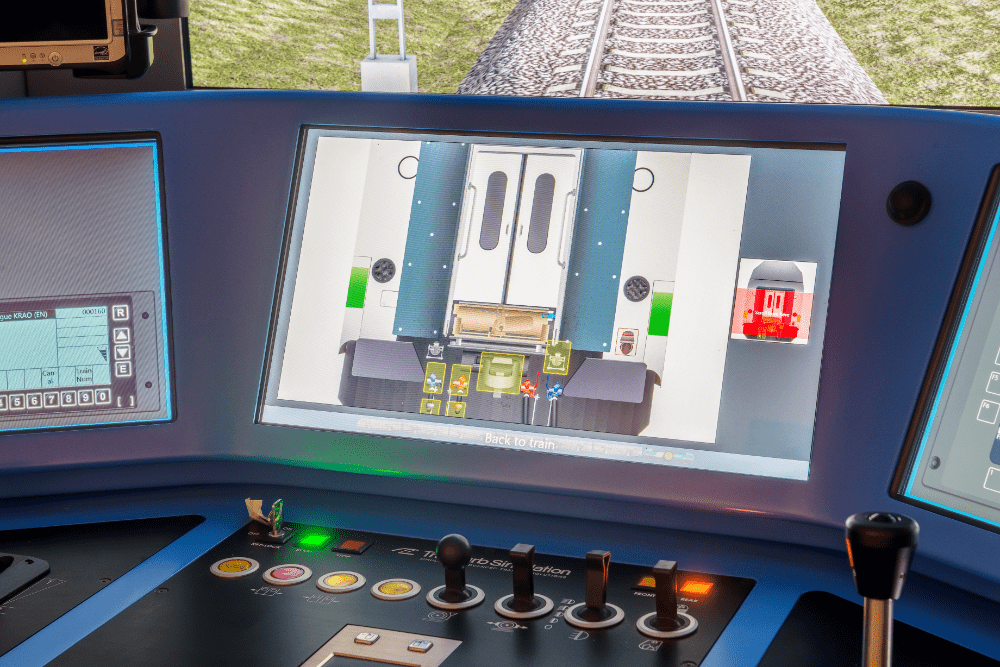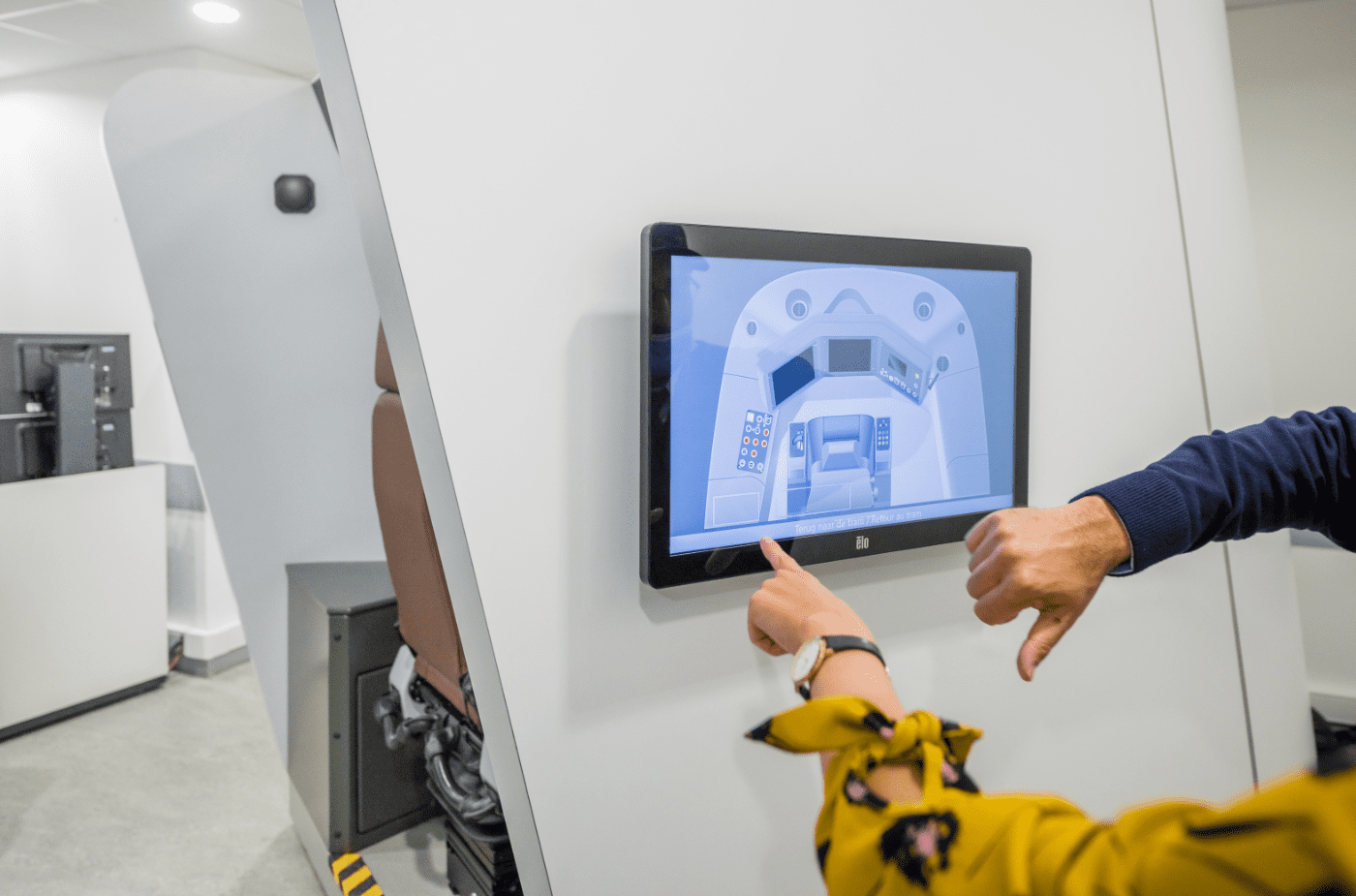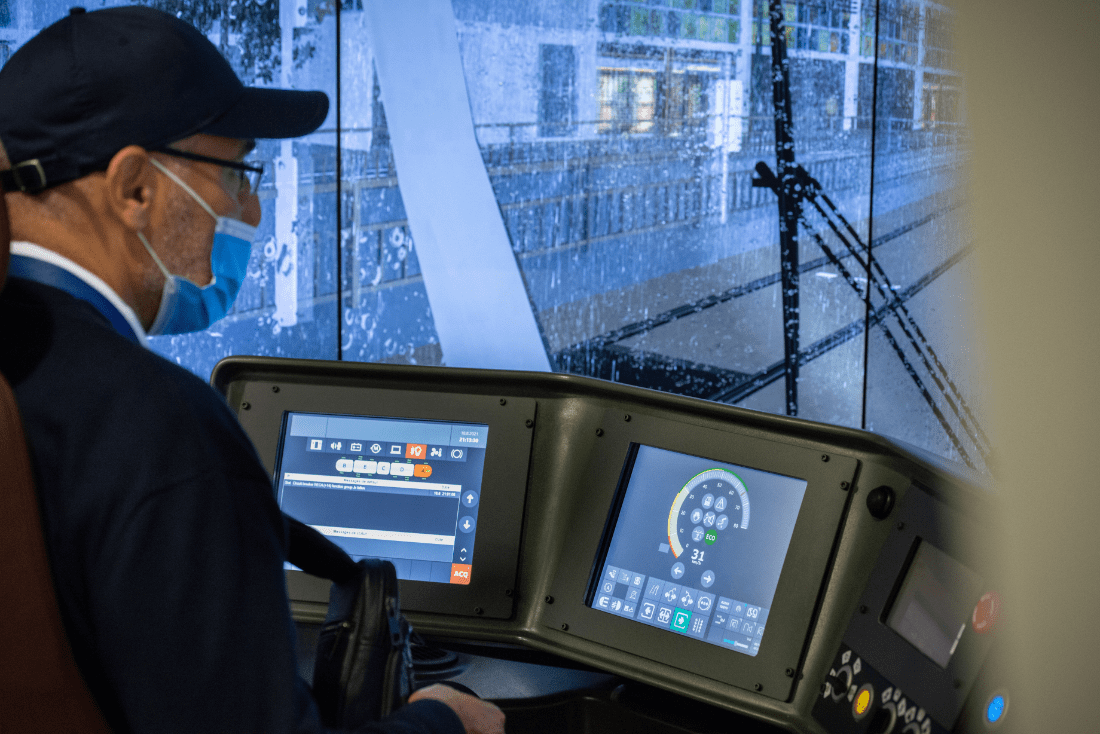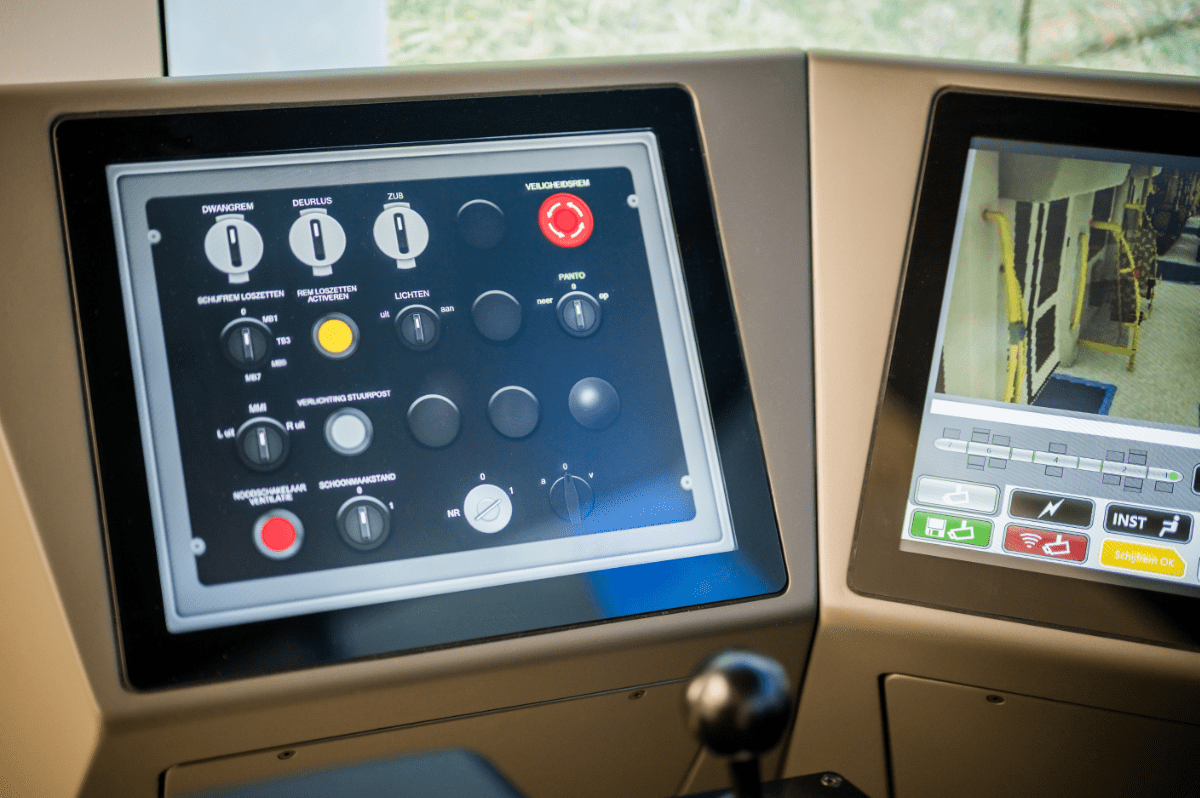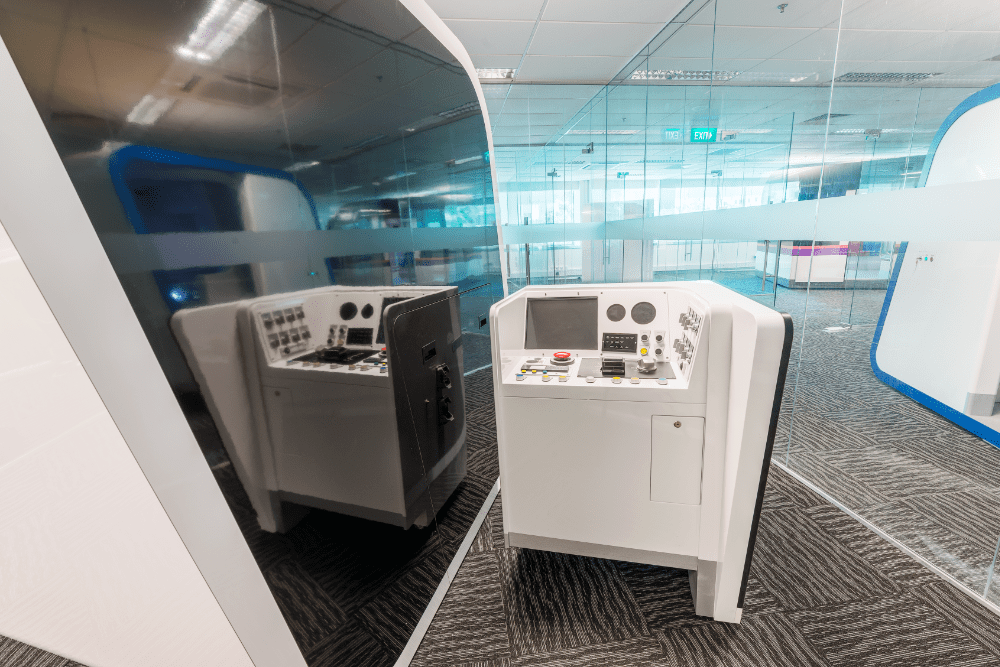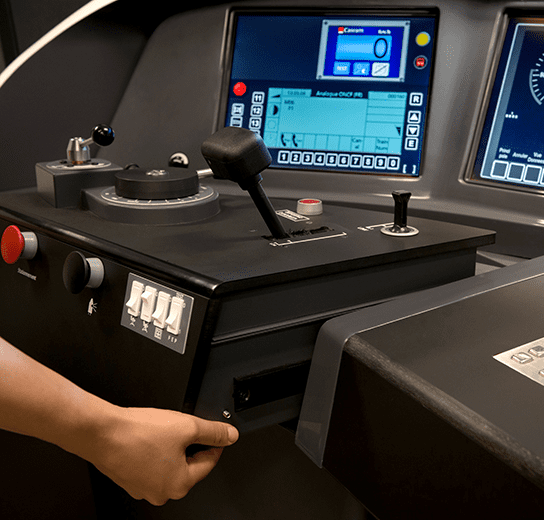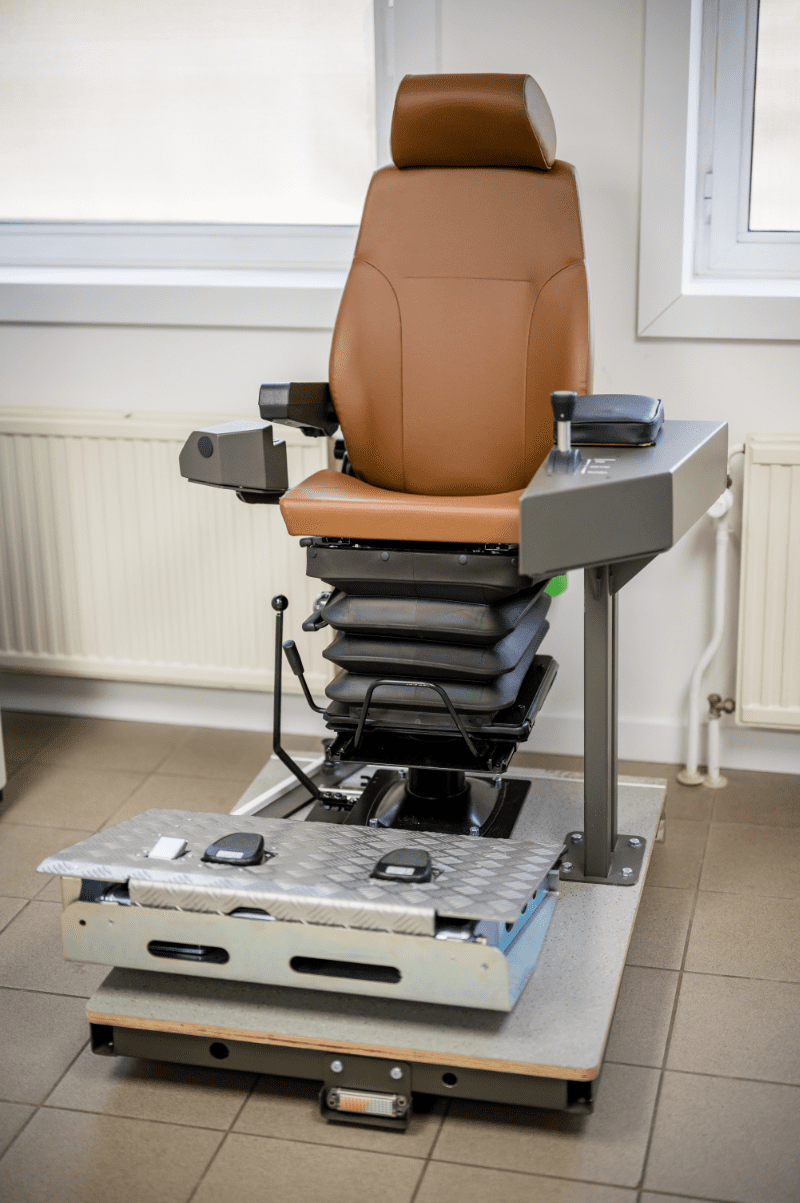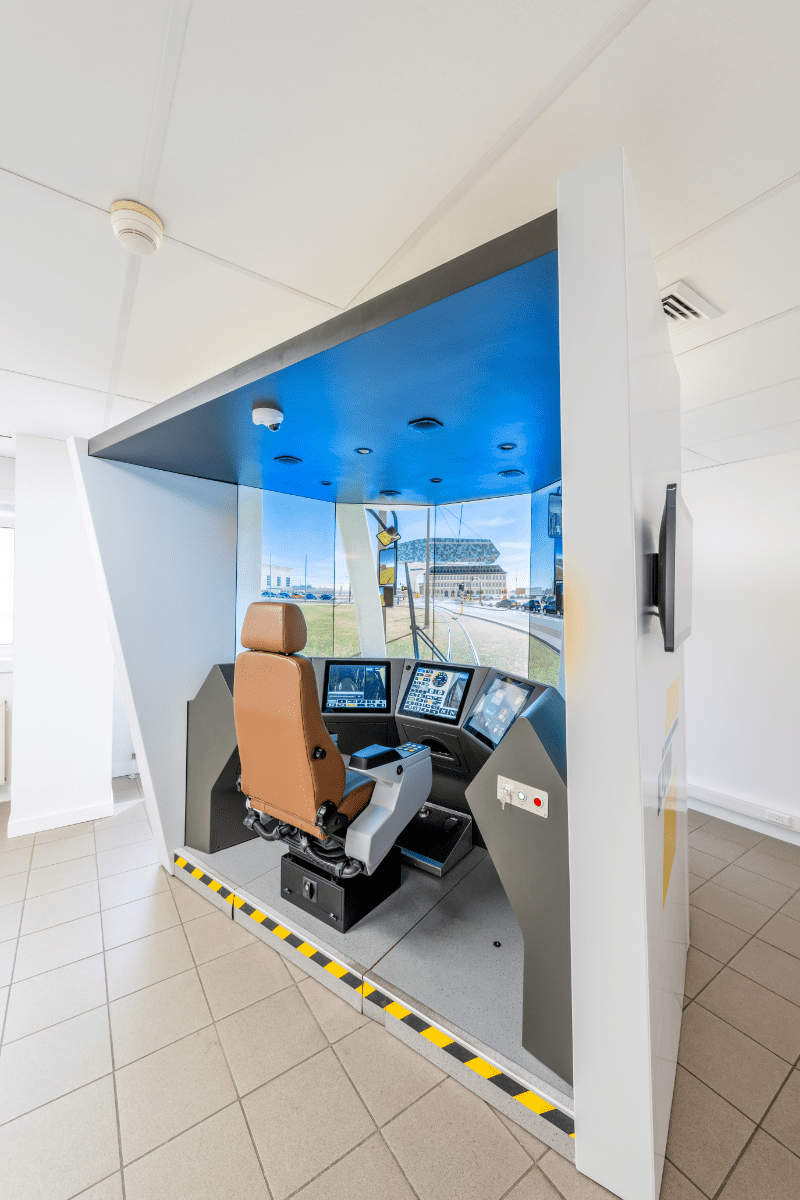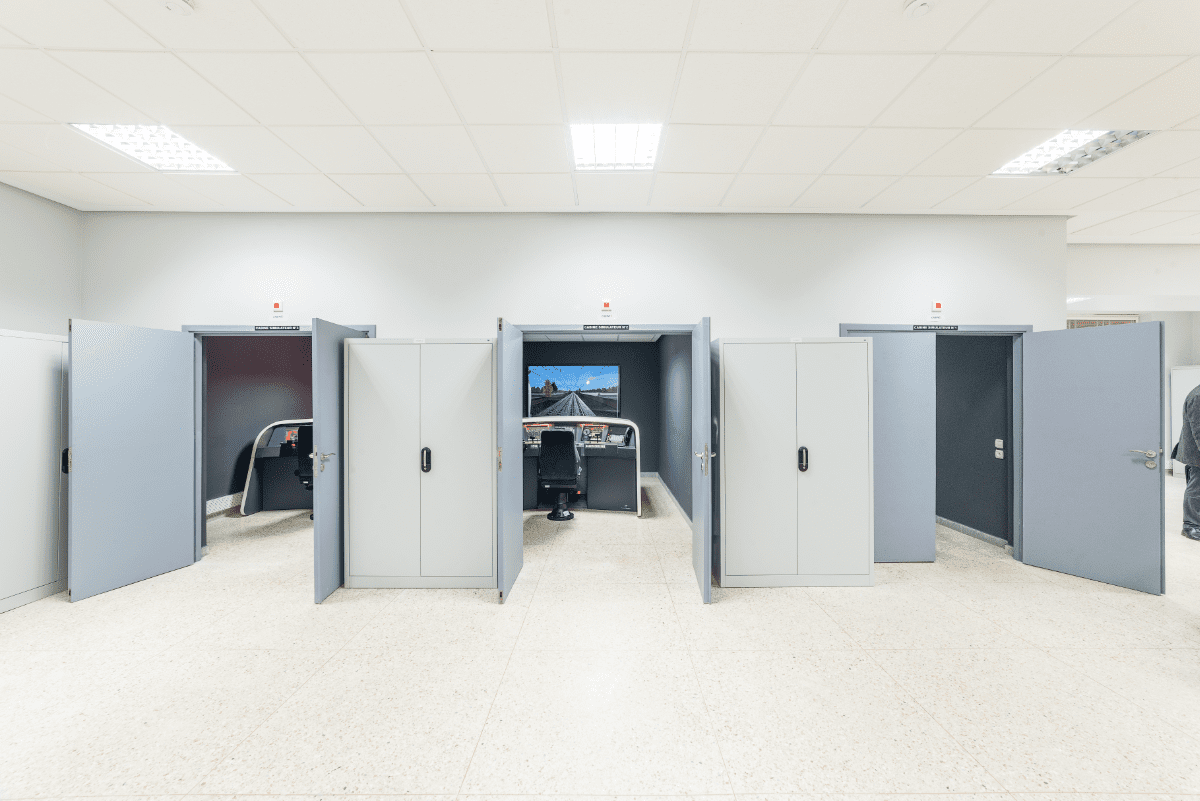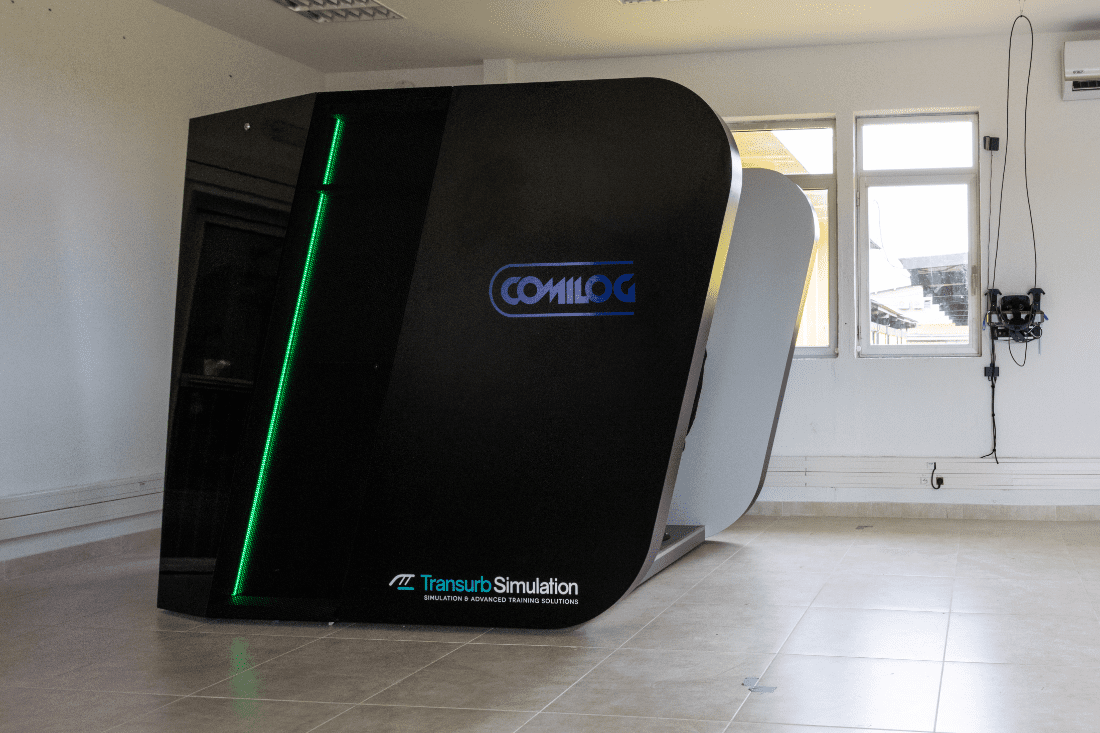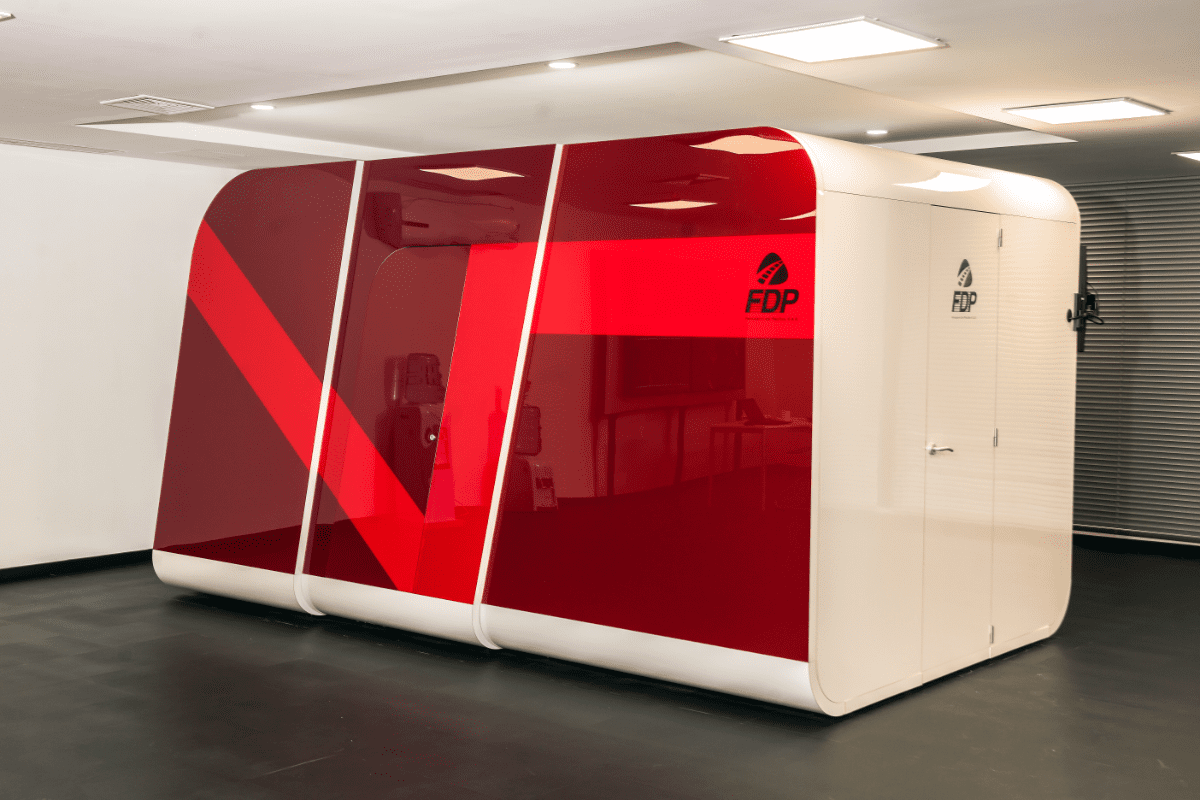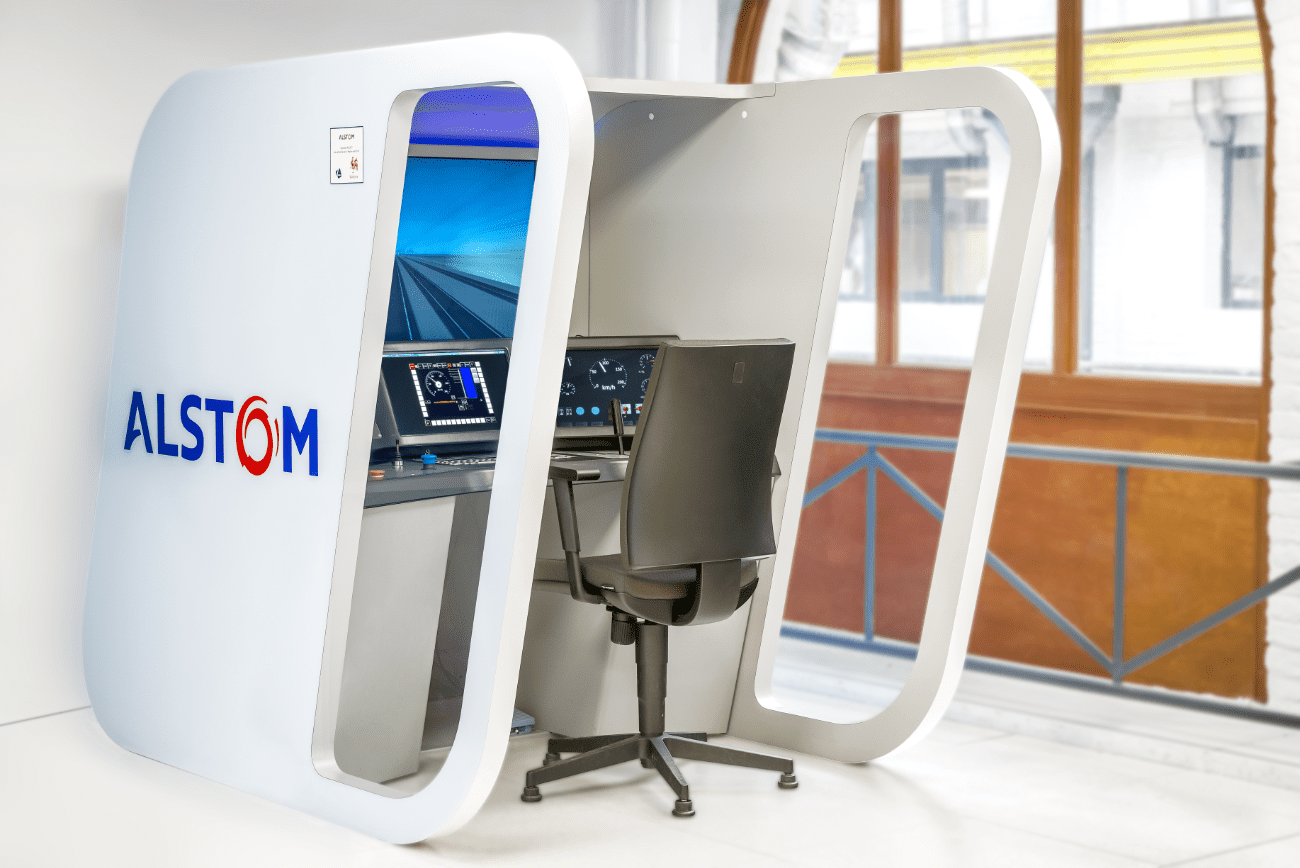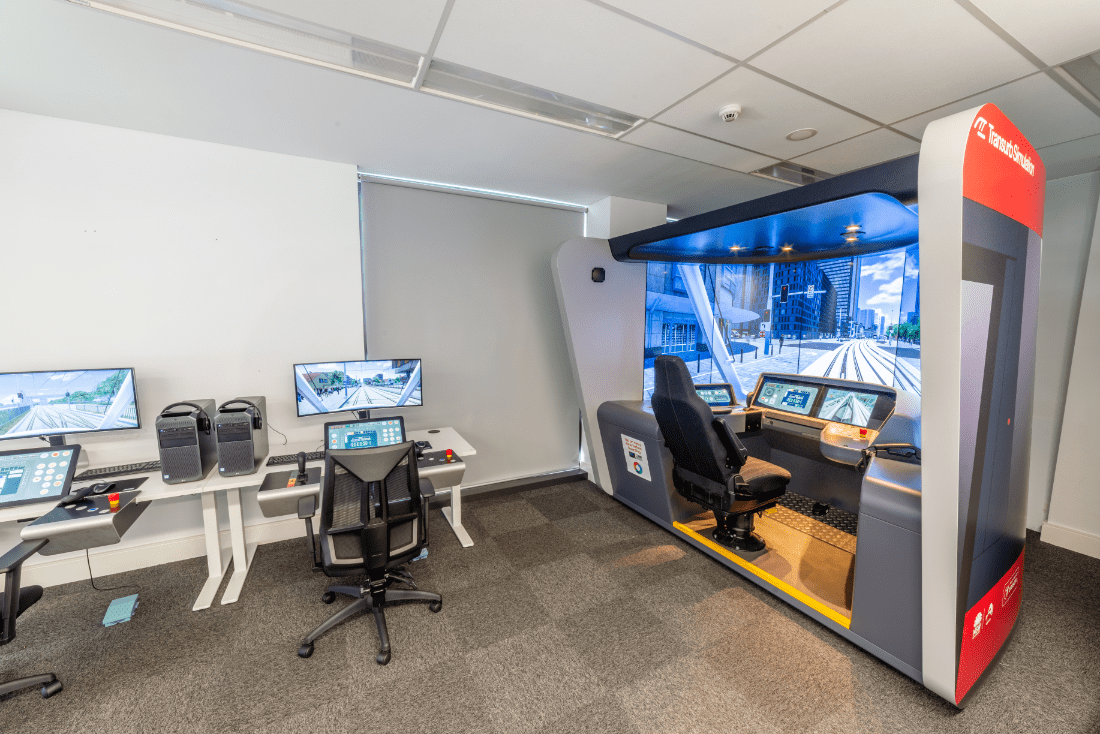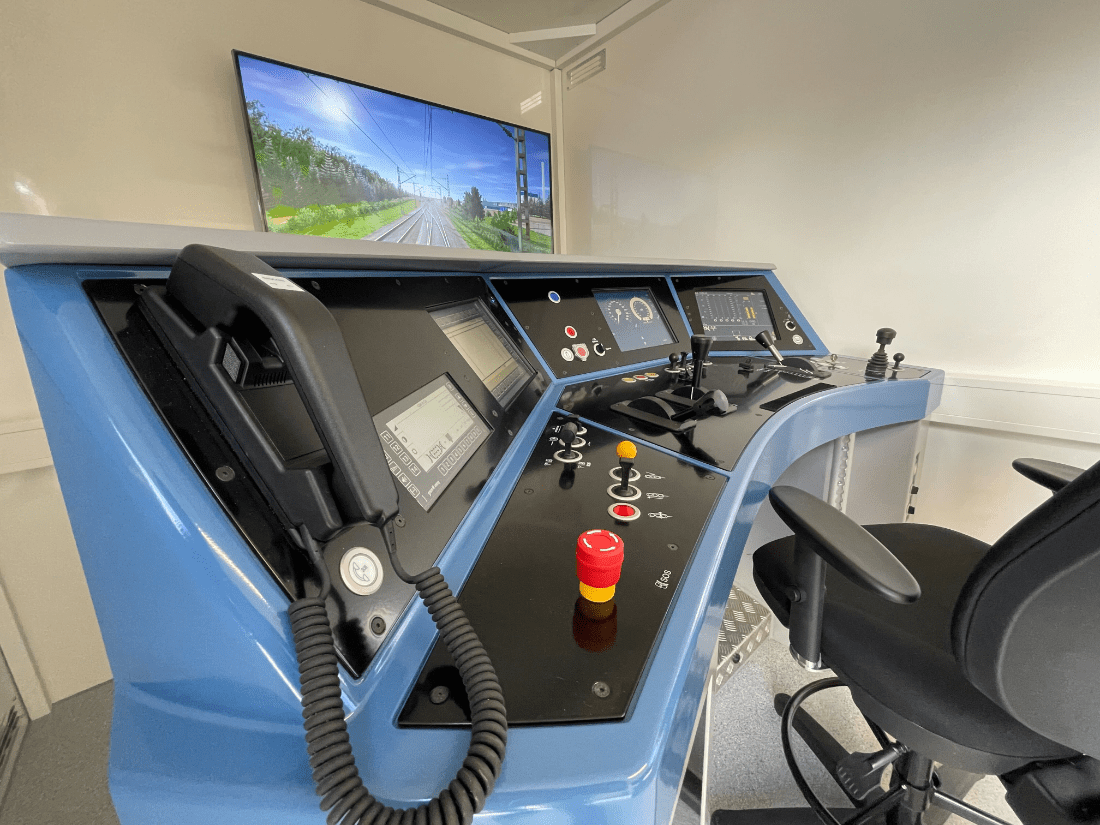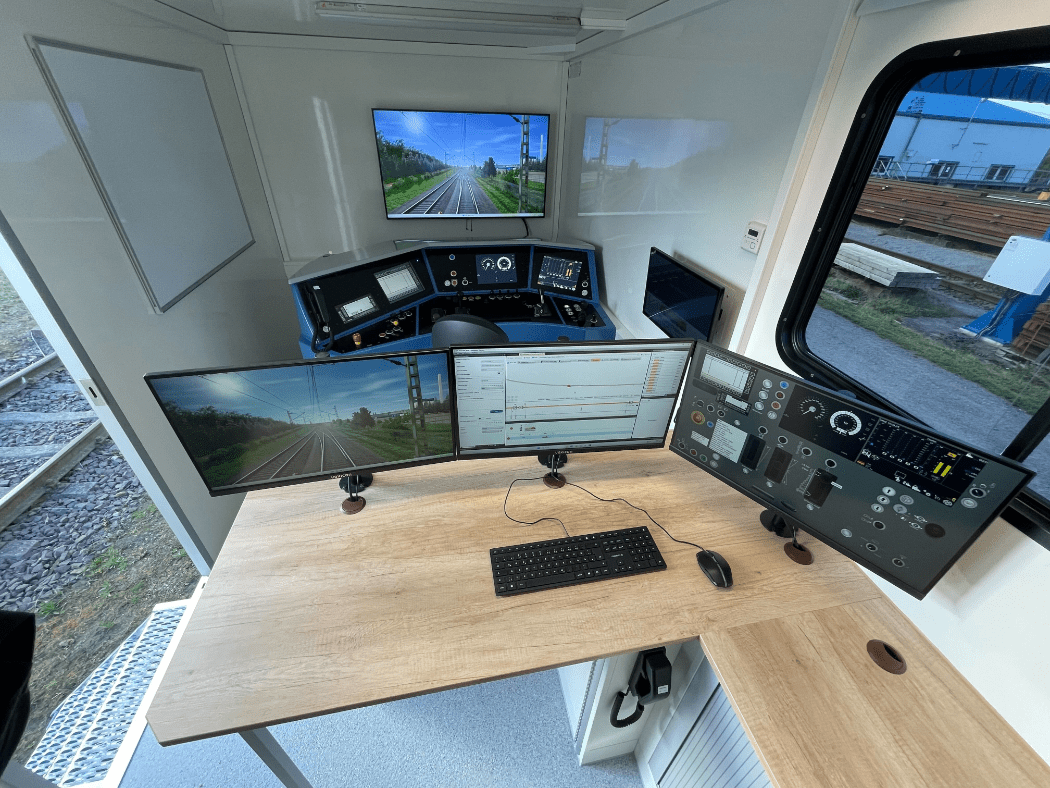Compact Simulator
Optimised immersion
Compact Simulators strike the right balance: smaller desks, virtualised elements, and flexible configurations ensure immersive driver training without the scale or cost of a Full-Cab.
Railway
Tram
Metro
Instrumentation at your measure
Physical controls
The desk layout is defined by the client, with key controls physically reproduced and the overall size adjusted to fit training spaces.
Virtualised systems
Less-used systems are moved to touchscreens, giving operators a space-efficient solution that remains flexible as their training evolves.
More ways to adapt
Beyond full interchangeable desks, Compact Simulators can also switch modular panels or dedicated driving seats.
Interchangeable panels
Different parts of the driver’s desk can be swapped to reproduce various rolling stock layouts. This modularity allows operators to train on multiple vehicles without changing the entire desk.
Interchangeable driving seats
Each seat comes with its own set of controls and manipulators. By switching seats, instructors can adapt the simulator to different vehicles, expanding training possibilities within the same Compact.
Your choice of shell
Compact Simulators adapt to your setting, with two options available:

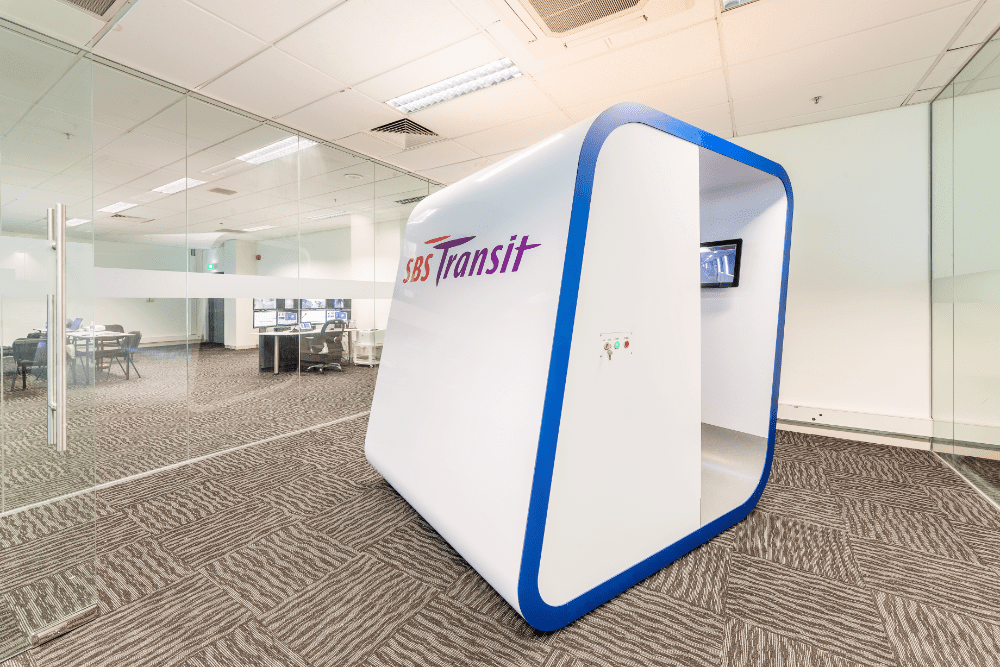
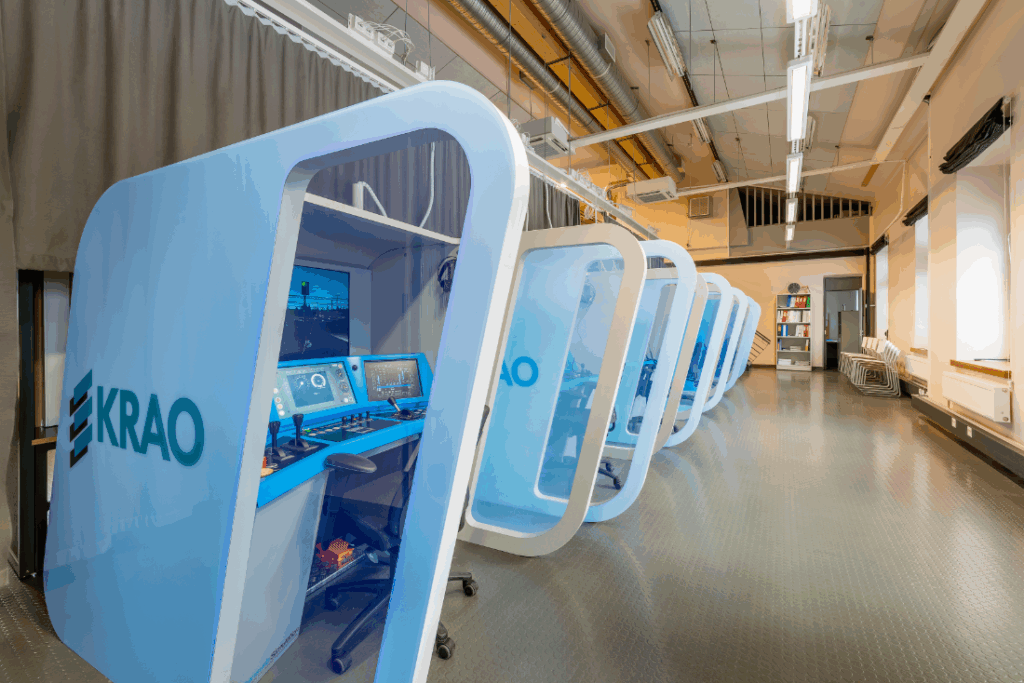
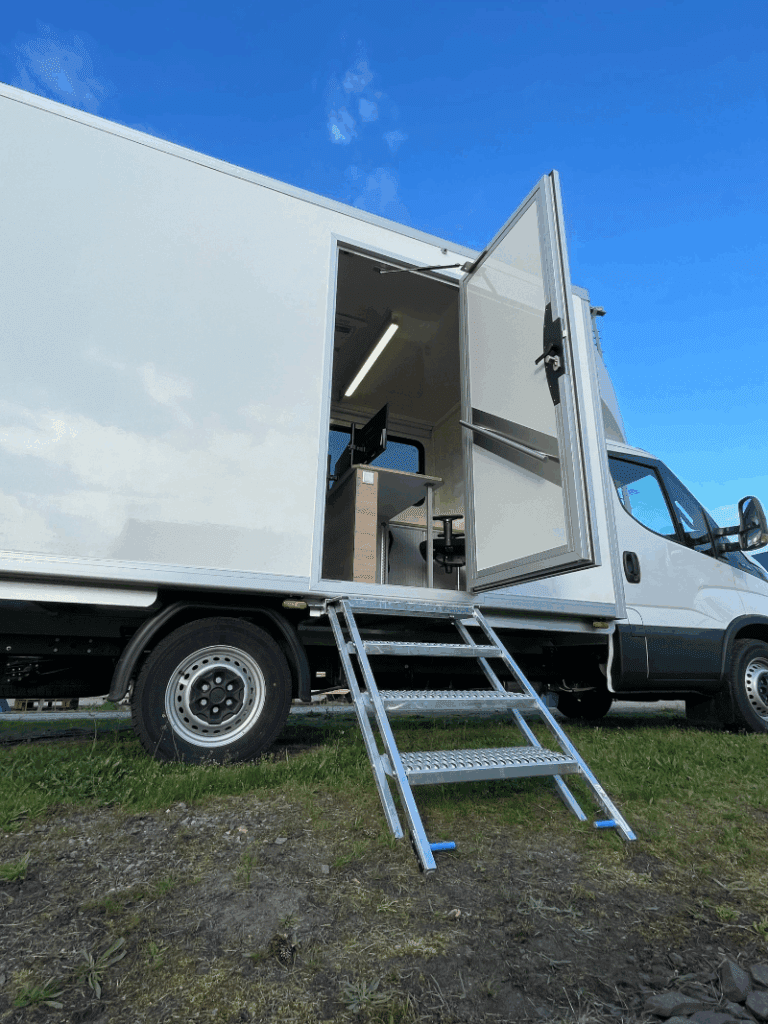

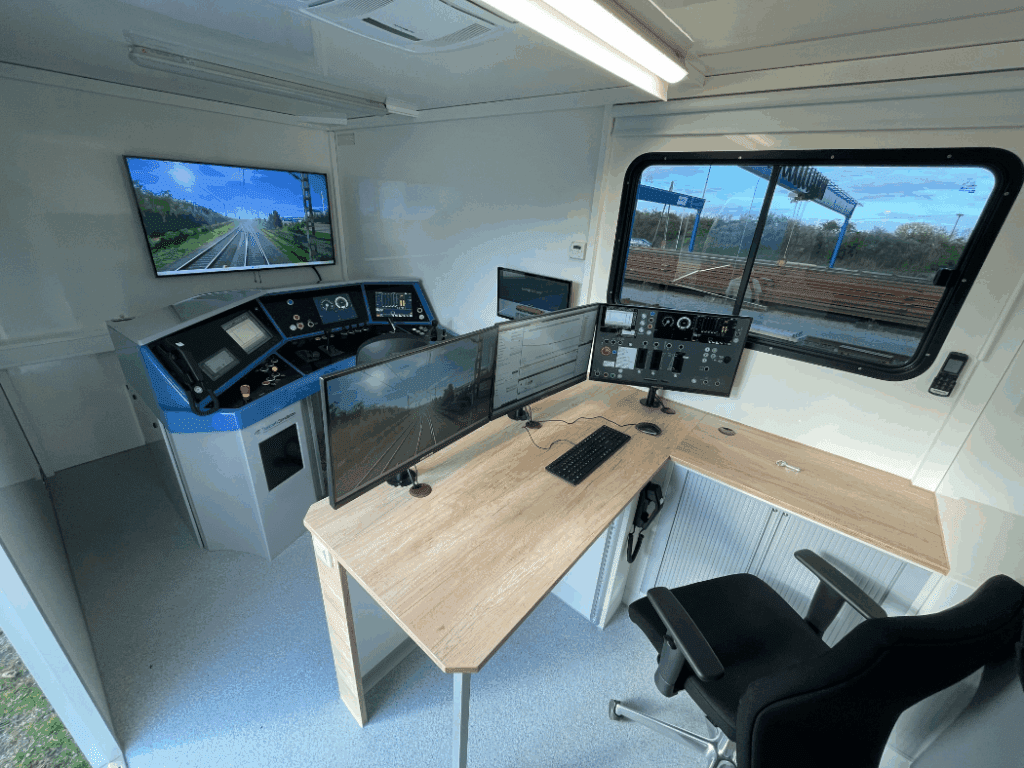
Training that travels
Though not designed as portable units, Compact Simulators can be integrated into vans or trucks to become mobile learning environments, delivering immersion wherever it is needed.
Key benefits:
Not sure if the Compact is right for you?
Let’s talk about your training goals.
360° virtual compact tour
Compact Simulators FAQ
Every training centre has unique constraints and goals. This FAQ explains how the Compact Simulator adapts to your environment, whether you need multi-fleet training, optimised space, or a scalable solution that grows with your needs.
